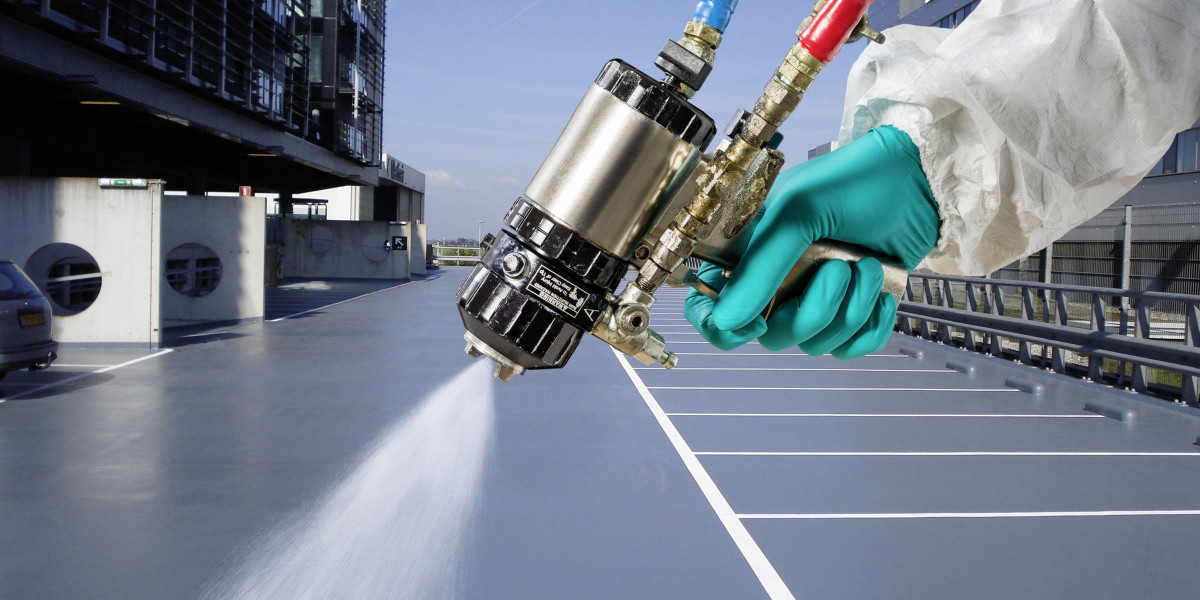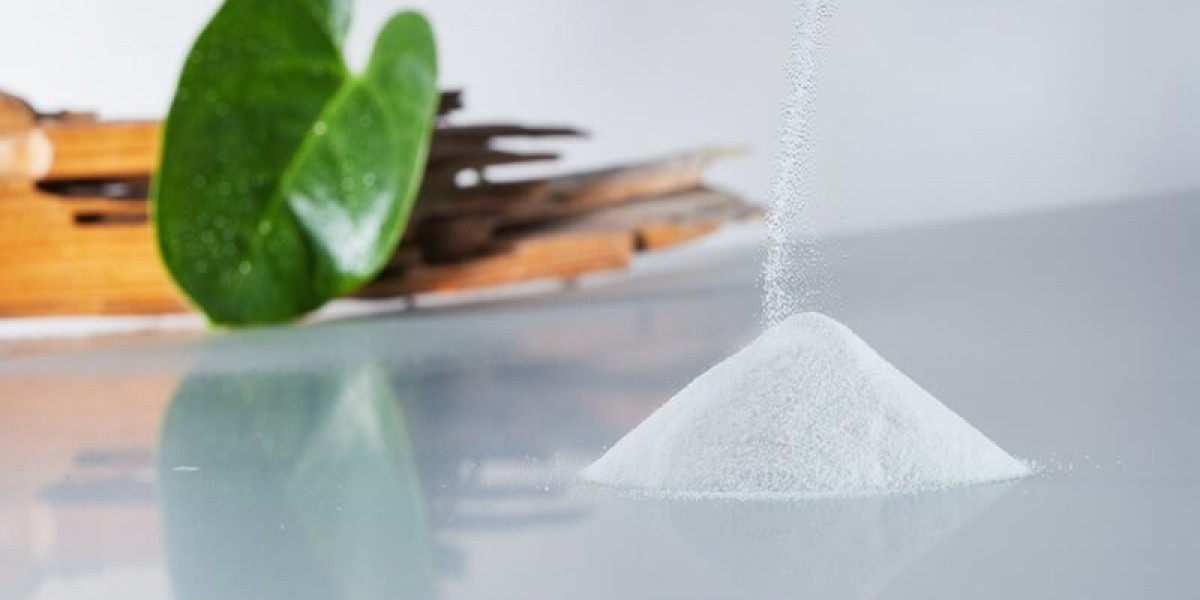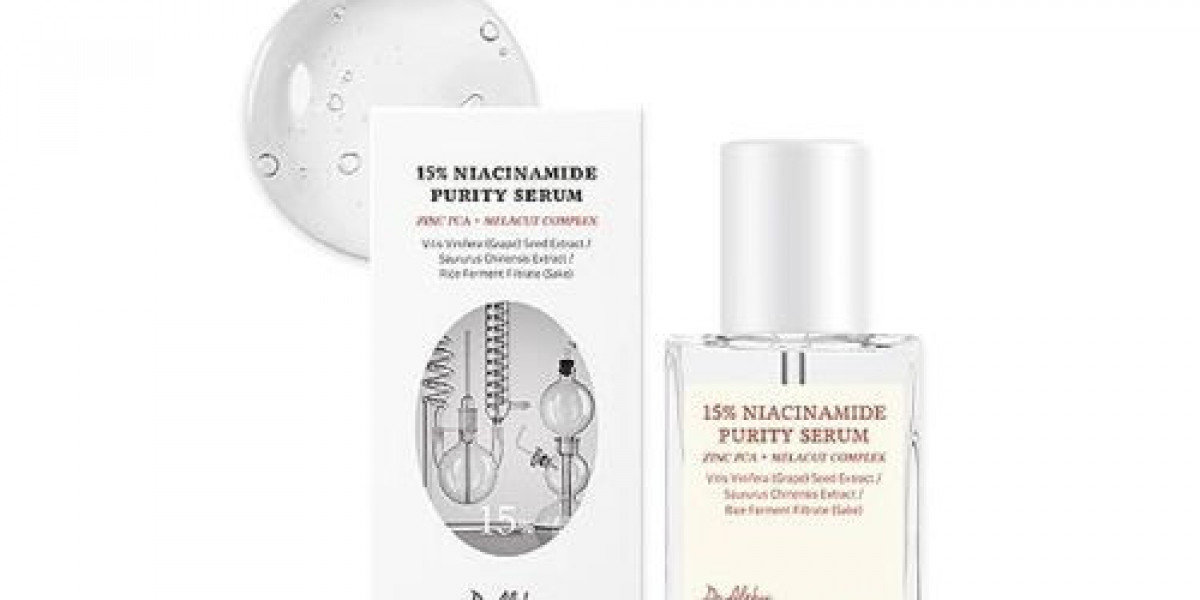The anti-soiling coating market has emerged as a critical segment within the broader surface coatings and renewable energy sectors. These coatings, primarily used on solar panels and optical equipment, prevent the accumulation of dirt, dust, water stains, and other environmental contaminants. By maintaining high levels of surface cleanliness and transparency, anti-soiling coatings enhance operational efficiency, reduce maintenance costs, and extend the lifespan of equipment—especially in dusty or arid environments.
As the global demand for clean energy continues to grow, photovoltaic (PV) systems are being deployed at an unprecedented rate. However, one of the persistent challenges faced by solar farm operators is the degradation of energy output due to soiling. Even a light dust layer on a solar panel can cause efficiency losses ranging from 5% to 30%, depending on environmental conditions. This challenge has given rise to strong interest in technologies that can mitigate the issue, with anti-soiling coatings at the forefront.
The anti-soiling coating market is primarily driven by the solar energy sector, which is undergoing rapid expansion. According to market forecasts, global solar capacity is expected to reach 5,000 GW by 2030, with a significant portion installed in dust-prone regions such as the Middle East, North Africa, India, and parts of the United States. This geographical overlap between high solar potential and high dust exposure creates a robust market opportunity for anti-soiling solutions.
Several types of coatings have been developed, including hydrophobic, hydrophilic, and photocatalytic variants. Hydrophobic coatings repel water and dust through low surface energy, causing particles to slide off more easily. Hydrophilic coatings allow water to spread evenly across the surface, preventing the formation of water droplets and encouraging self-cleaning during rainfall. Photocatalytic coatings, typically made with titanium dioxide (TiO₂), harness sunlight to break down organic materials on surfaces. The selection of coating type often depends on environmental conditions, cost, and application requirements.
In terms of material innovation, nanotechnology has been pivotal. Nanostructured coatings enable the creation of surfaces that mimic natural self-cleaning mechanisms—like those found in lotus leaves—leading to enhanced durability and performance. Manufacturers are increasingly investing in R&D to create coatings that are not only effective in repelling contaminants but also durable under harsh UV exposure and temperature fluctuations.
From a regional perspective, Asia-Pacific dominates the market due to its massive solar deployment projects and supportive government policies. Countries like China and India are spearheading initiatives to integrate anti-soiling technologies into large-scale solar projects. North America and Europe also present substantial opportunities, especially as solar panel efficiency becomes a critical parameter in meeting renewable energy targets.
The market landscape is competitive but fragmented, with both established chemical giants and innovative startups vying for market share. Companies such as 3M, PPG Industries, NEI Corporation, and Advanced Nanotech Lab are active players in this domain. Strategic partnerships with solar OEMs and integrators are becoming increasingly common as companies seek to bundle coating solutions with panel manufacturing and installation.
However, there are challenges to market adoption. The cost of applying anti-soiling coatings—especially for large-scale retrofitting—remains a concern. Additionally, long-term field data to validate performance claims across diverse geographies is still limited, making potential buyers cautious. Regulatory standards and testing protocols are being developed to provide industry benchmarks, which are expected to support greater market confidence and adoption.
Sustainability and environmental impact are also playing a role in product development. Coatings that are environmentally benign, non-toxic, and easily recyclable are gaining favor in regions with stringent environmental regulations. Furthermore, as climate change increases the frequency of dust storms and extreme weather, the need for resilient and long-lasting anti-soiling solutions is expected to intensify.
In conclusion, the anti-soiling coating market is poised for substantial growth, driven by the increasing reliance on solar energy and the demand for higher efficiency and lower maintenance costs. Technological innovation, strategic collaborations, and supportive policy frameworks will be essential to unlocking the full potential of this market. As the world moves towards a cleaner and more energy-efficient future, anti-soiling coatings will play a pivotal supporting role in that transformation.







